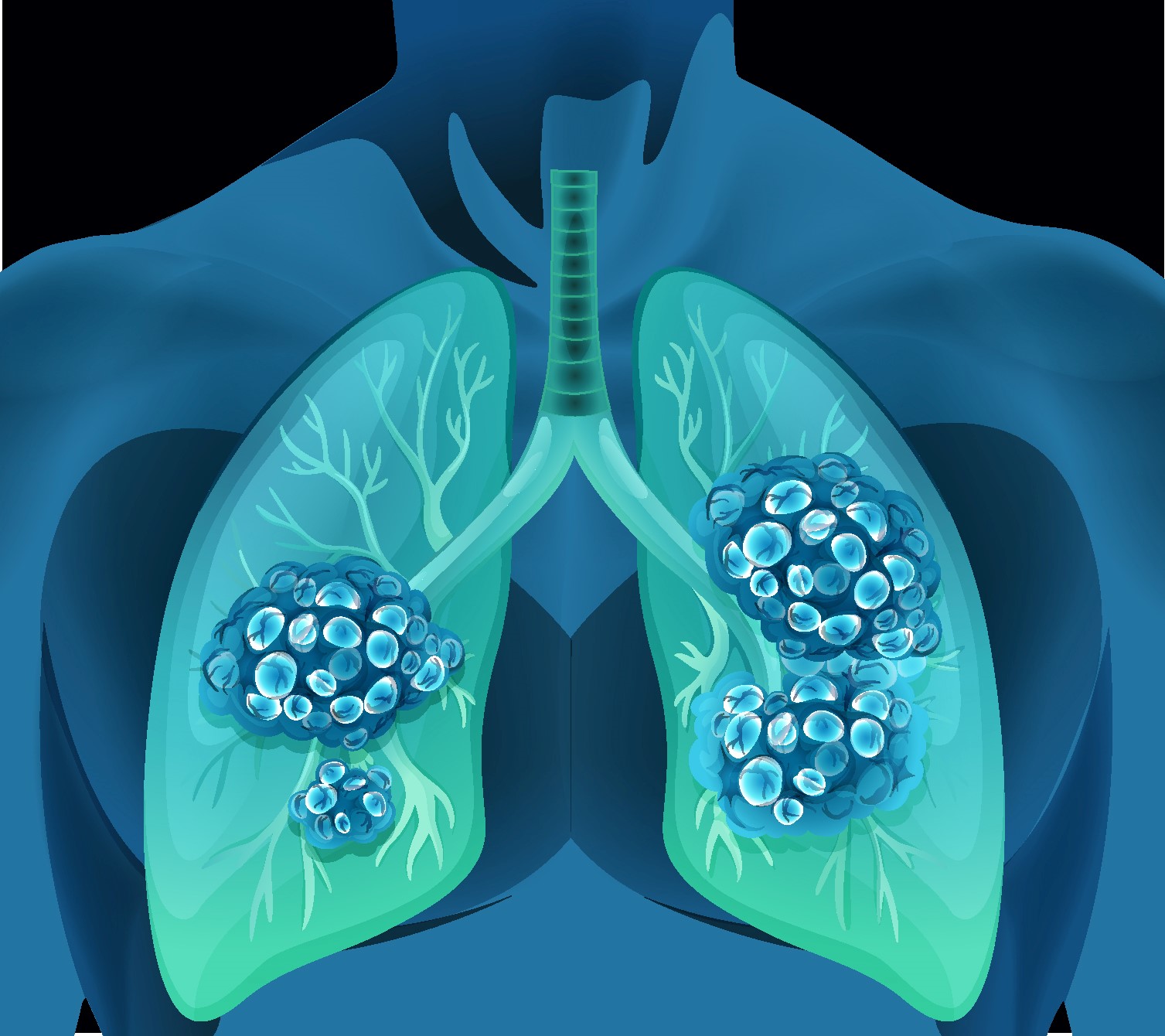For cystic fibrosis gene therapy, the aerosolization of genetic materials is the most relevant delivery strategy to reach the airway epithelium. However, aerosolized formulations have to resist shear forces while maintaining the integrity of plasmid DNA (pDNA) during its journey from the nebulization to the epithelial cells. Herein, we compared the efficiency of gene delivery by aerosolization of two types of formulations: (i) BSV163, a branched cationic amphiphilic compound, co-formulated with different DOPE ratios (mol/mol) and DMPE-PEG5000 and (ii) 25 KDa branched polyethylenimine (b-PEI)-based formulation used as control. This study also aims to determine whether BSV163-based formulations possess the ability to resist the nebulization mechanisms and protect the nucleic acids (pDNA) cargo. Therefore, two CpG free plasmids (pGM144 or pGM169) encoding either the luciferase reporter gene or hCFTR respectively were used. Air-Liquid Interface (ALI) cell-culture was selected as an in-vitro model for aerosol experiments due to its closer analogy with in vivo morphology. Results highlighted that DOPE ratio influences the capacity of the BSV163 based-formulations to mediate high transfection efficacies. Furthermore, we proved that addition of DMPE-PEG5000 upon the formation of the BSV163/DOPE (1/1) lipid film instead of post-insertion led to a higher transgene expression. The aerosolization of this formulation on ALI cell-culture was more efficient than the use of b-PEI-based formulation.Copyright © 2022. Published by Elsevier B.V.
Gene transfection using branched cationic amphiphilic compounds for an aerosol administration in cystic fibrosis context.


